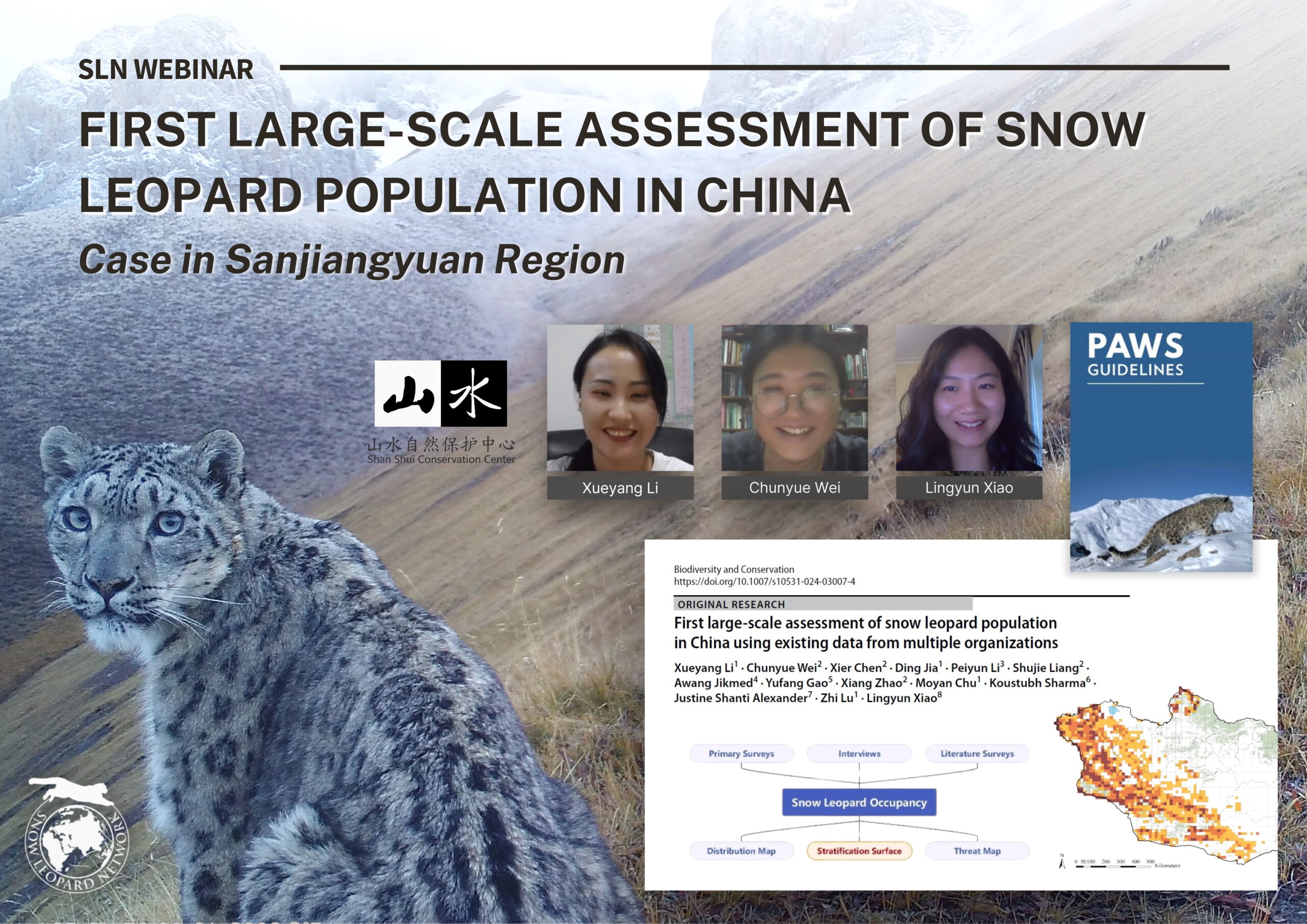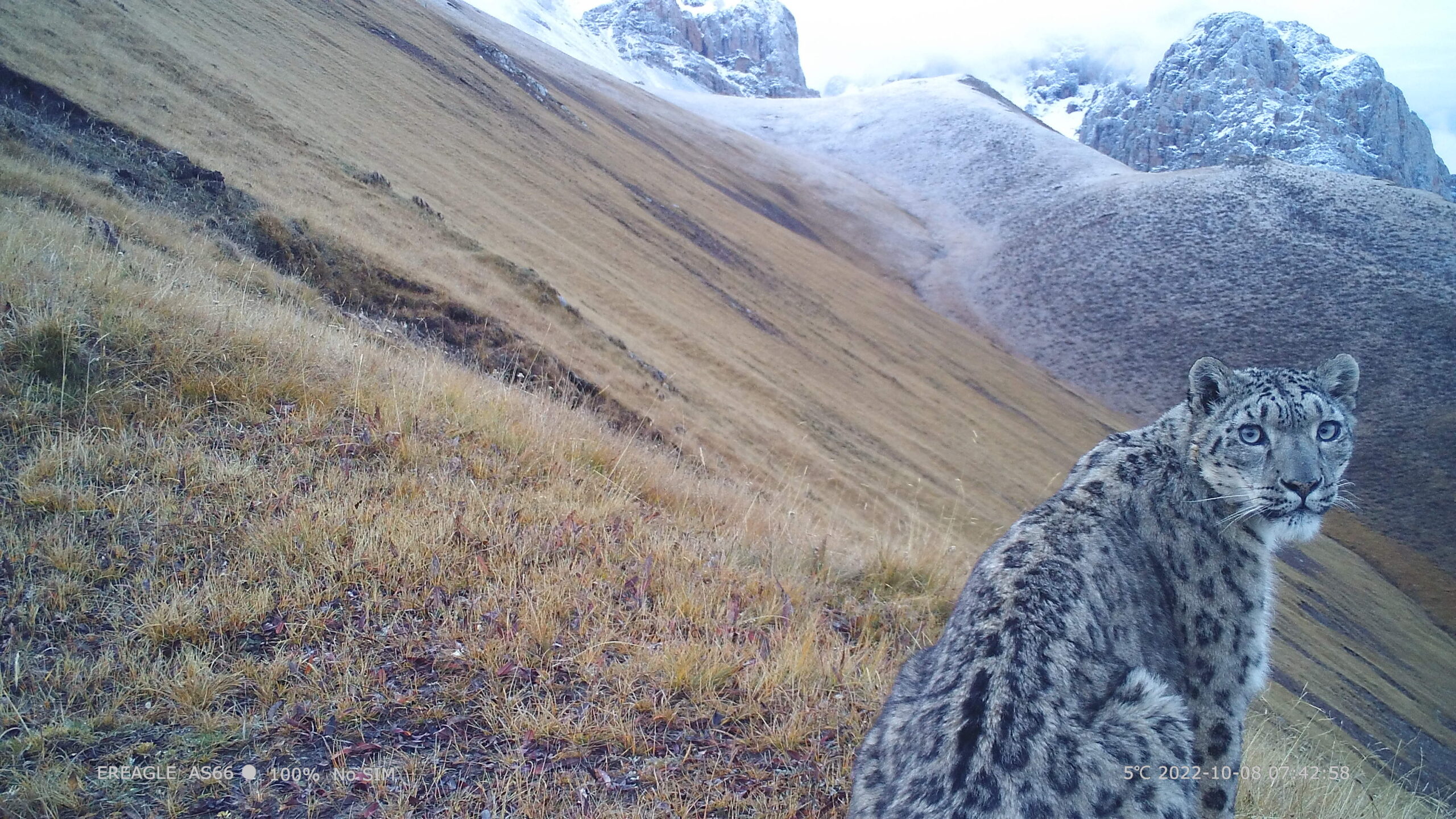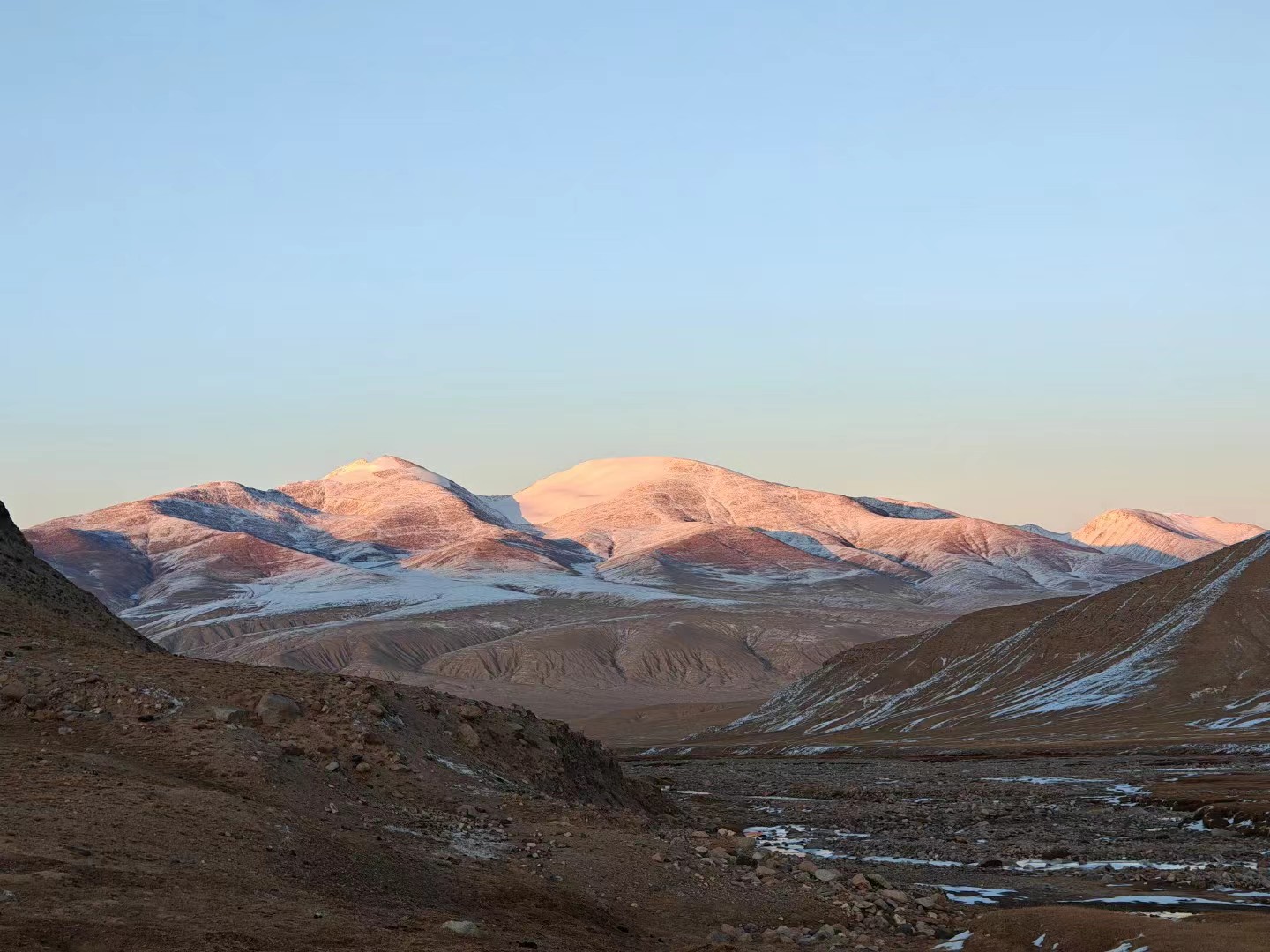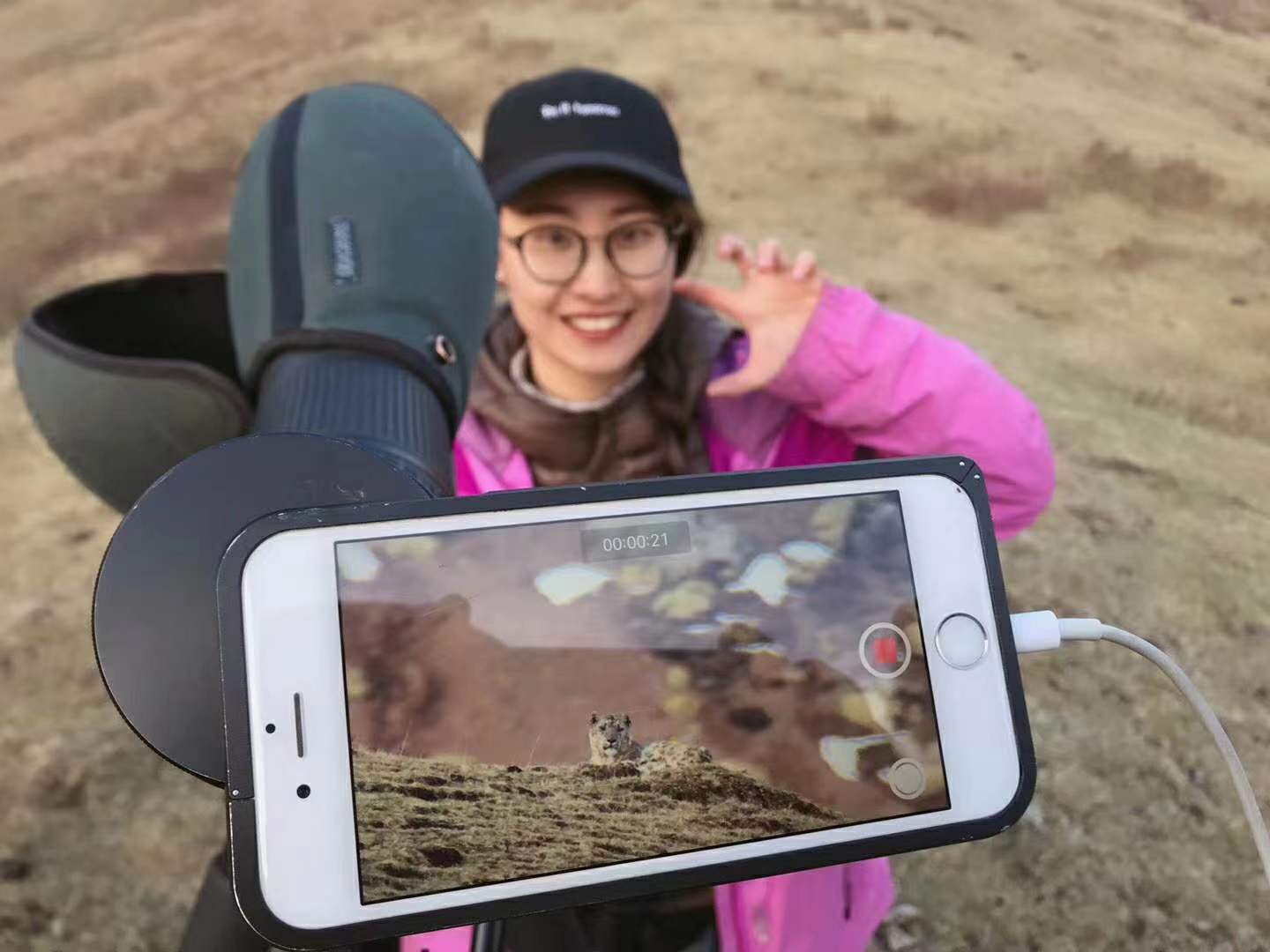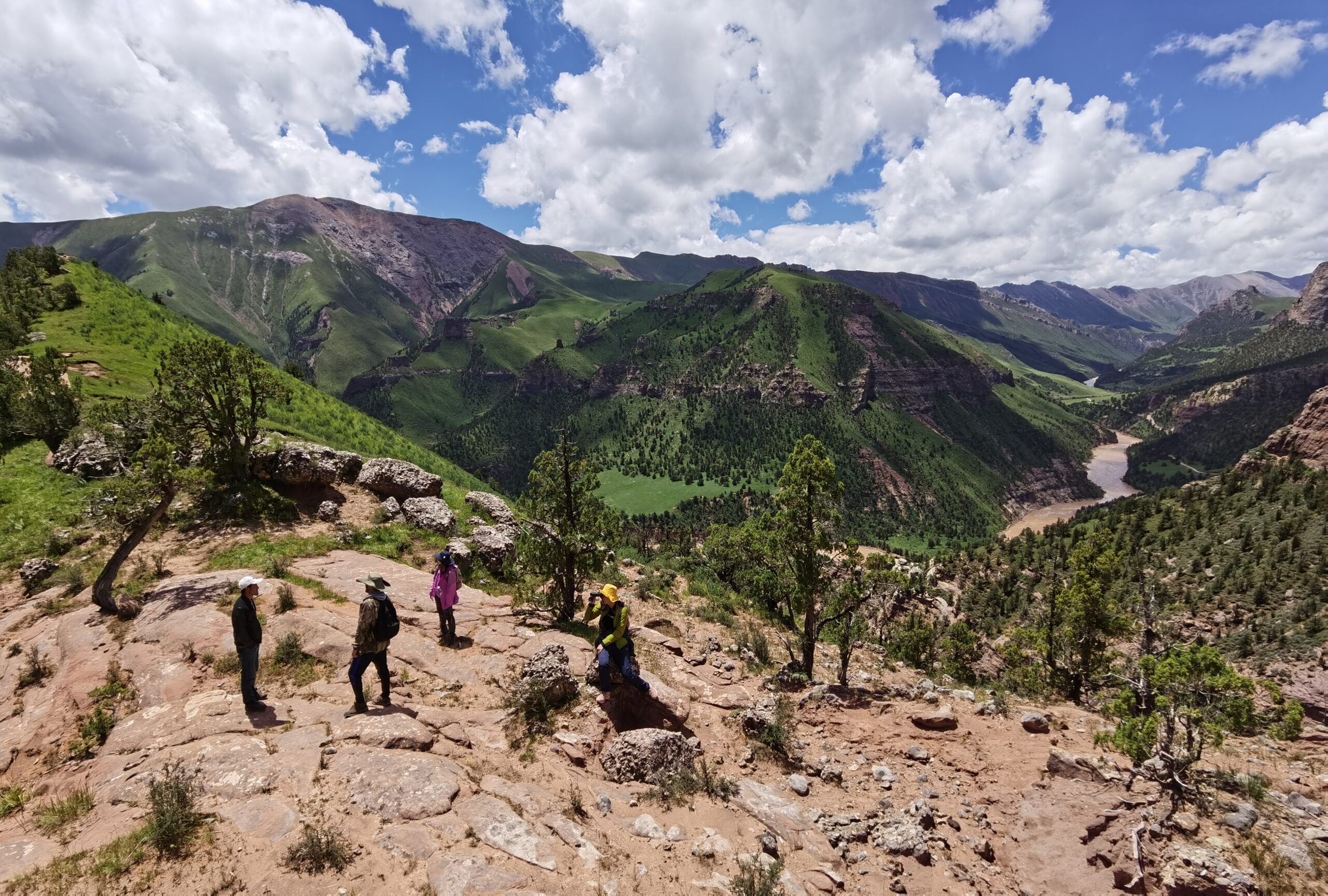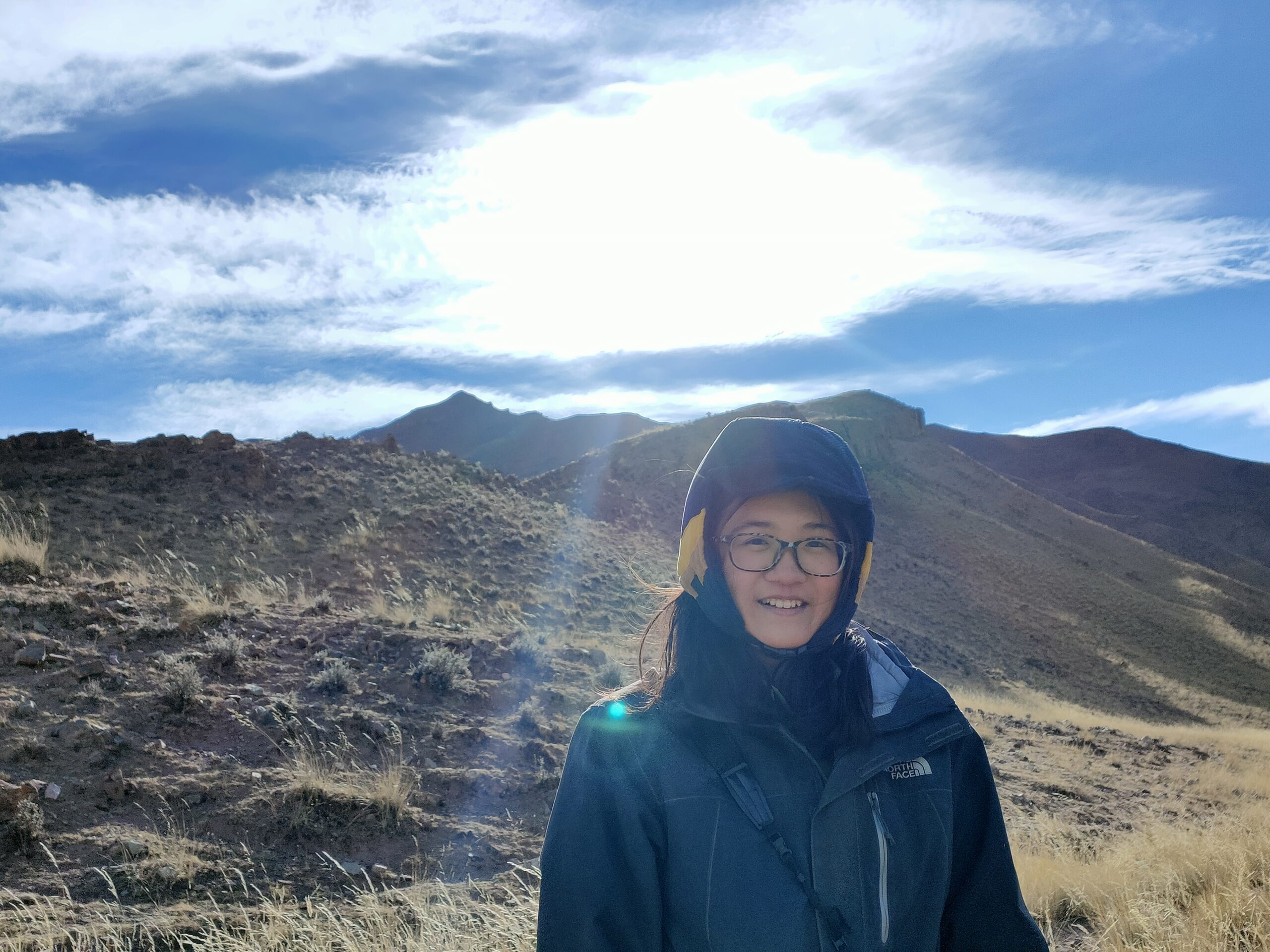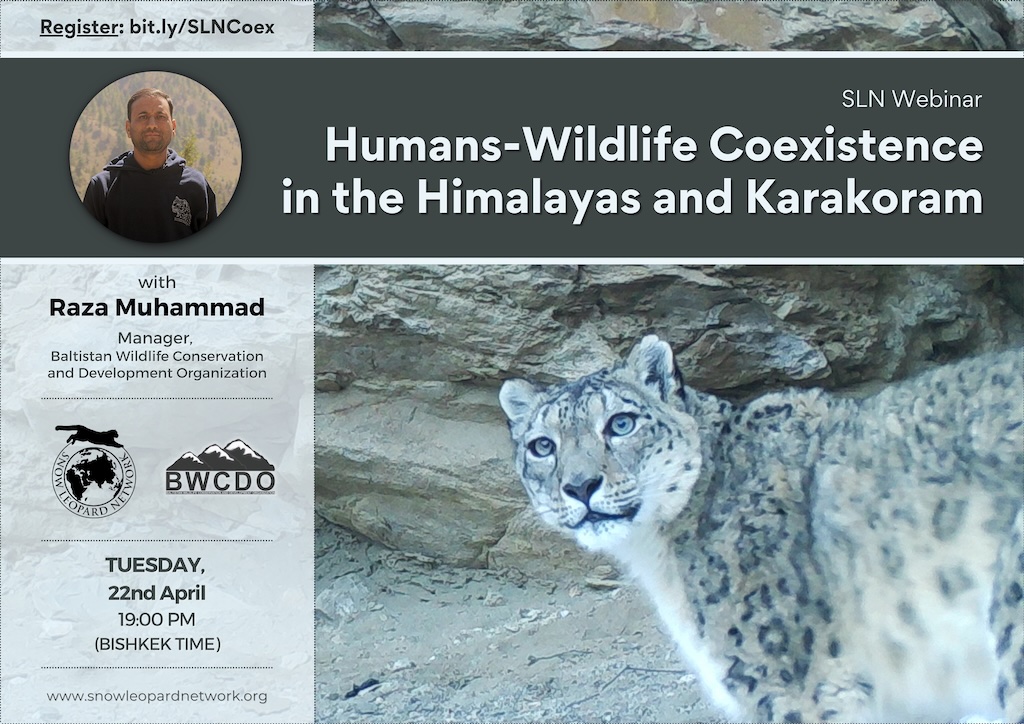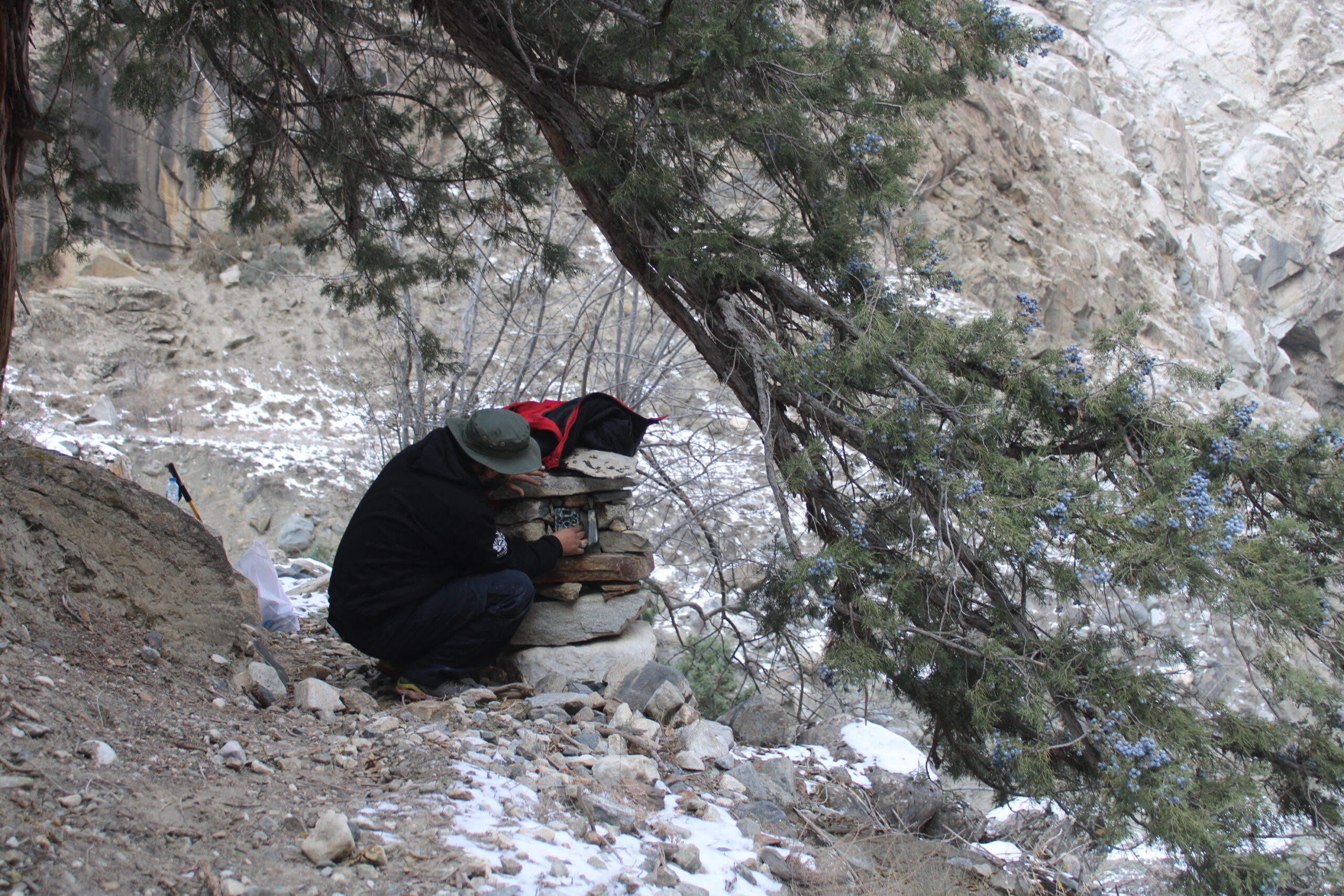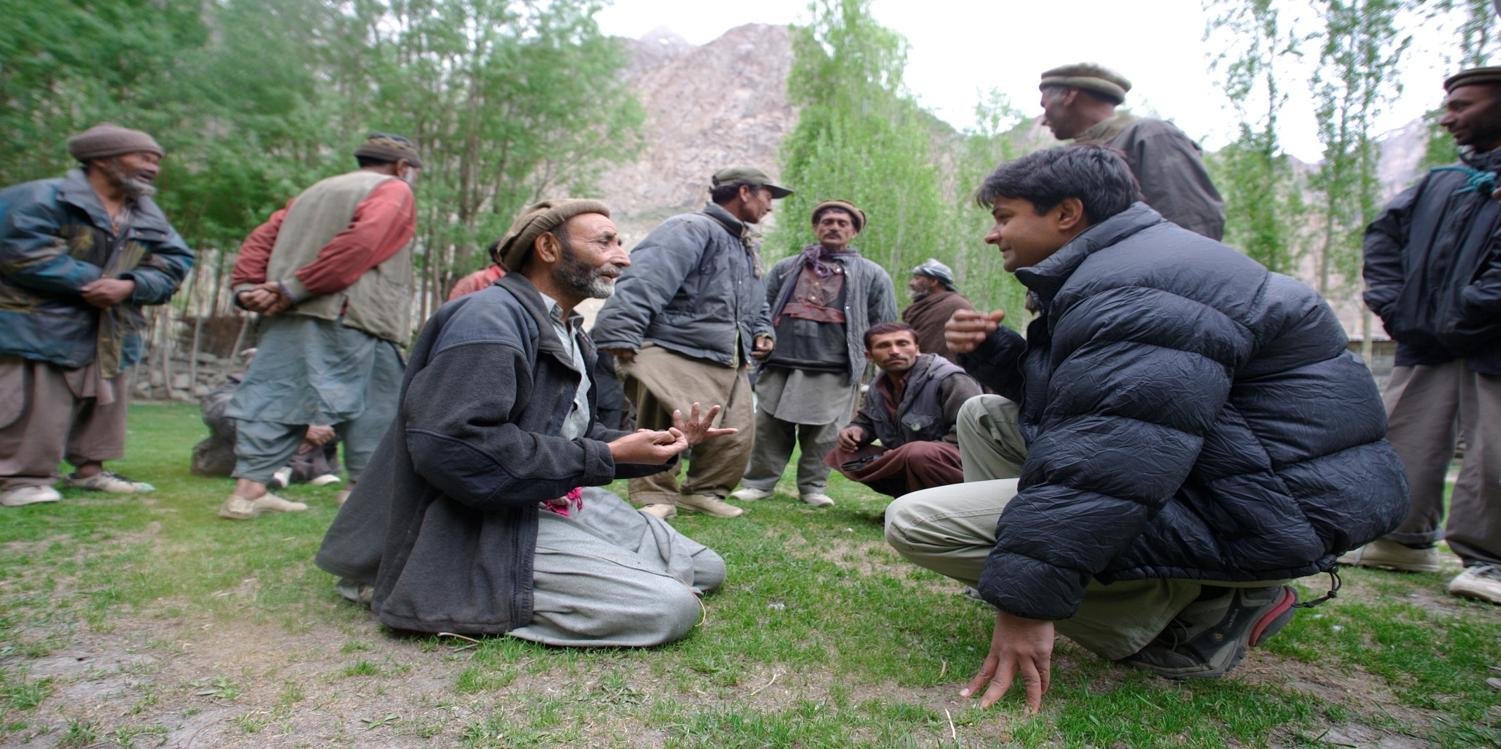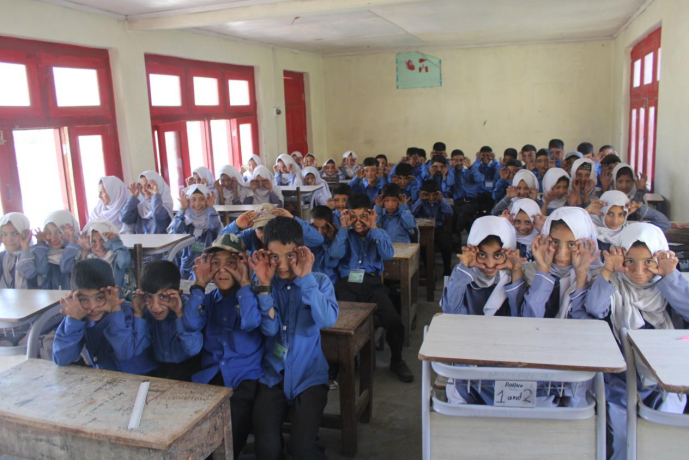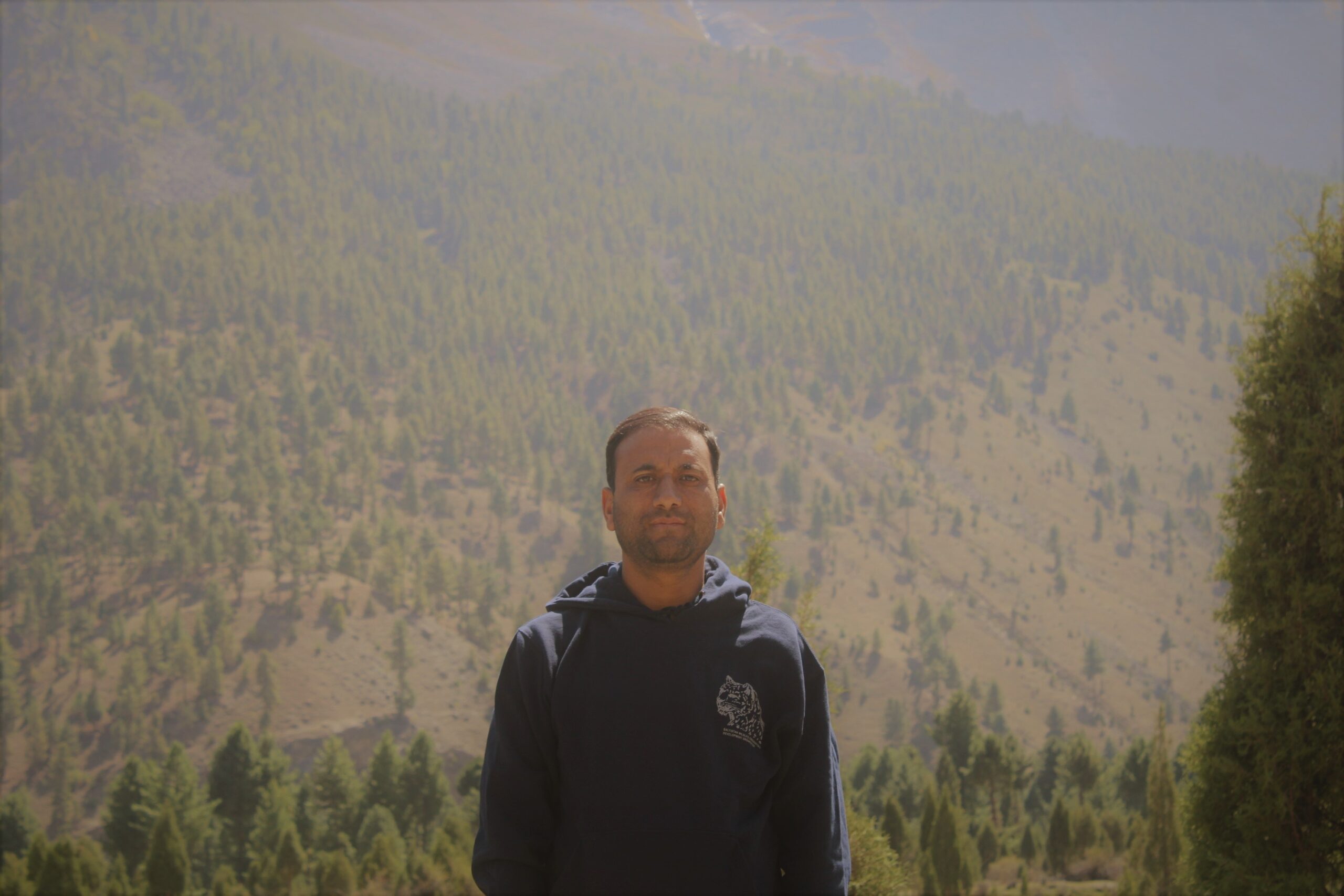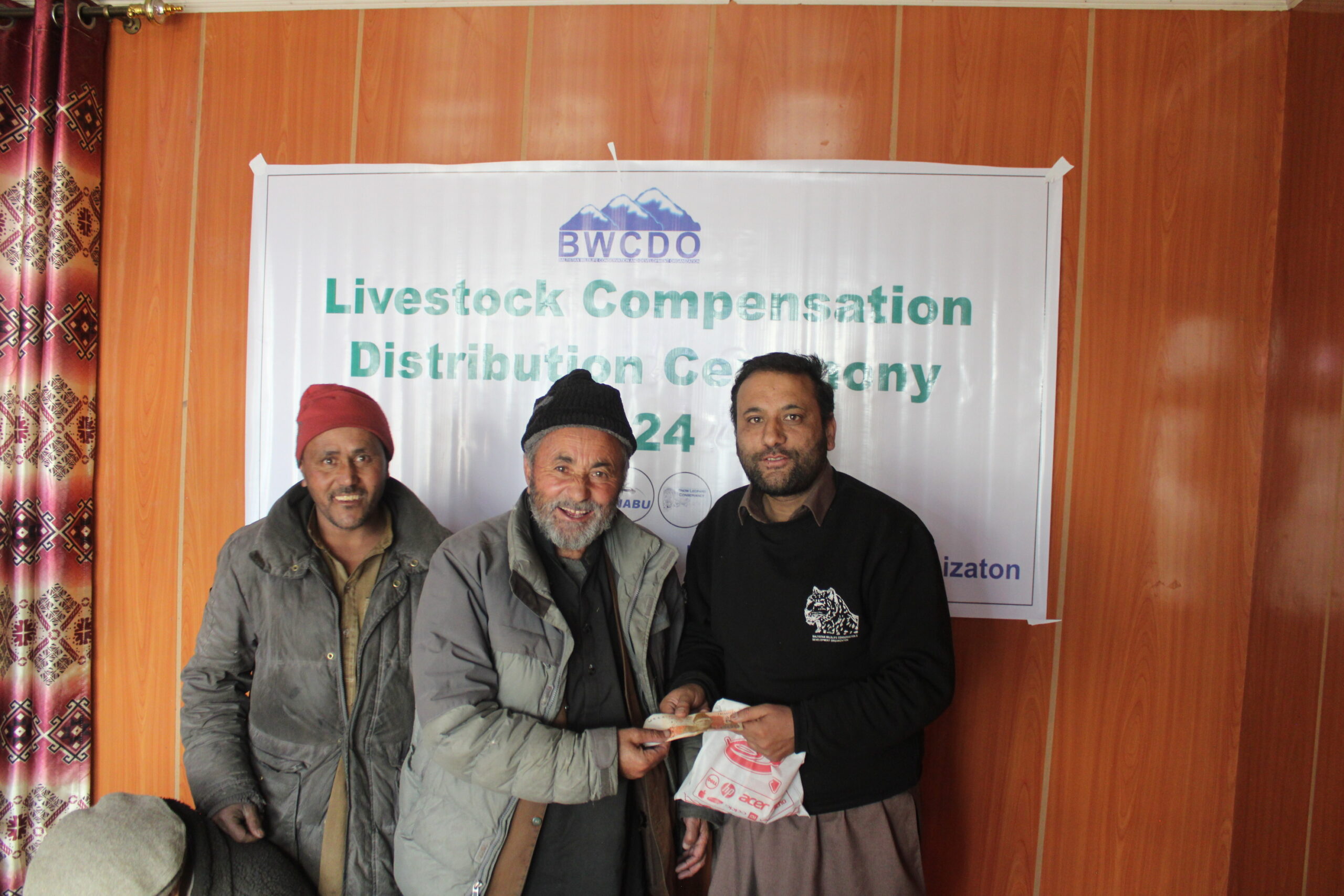Please find details below of a new article added to our Bibliography:
Title: Exploring sustainability in trophy hunting practices at Dhorpatan Hunting Reserve, Nepal: A balancing act?
Author: Thapa, K., Shreesh, I. K., Magar, K. T.
Abstract: Since 1987, trophy hunting of blue sheep has been operated in the Dhorpatan Hunting Reserve in western Nepal to maintain mountain ecosystem balance. We assessed the impacts of these practices by analyzing ecological, socioeconomical, and cultural variables, including the demographic structure of the blue sheep population, income from trophy hunting, management costs, and a perception survey with 293 respondents through semi-structured interviews. The blue sheep population has significantly declined from 2,593 in 1979 to 1,290 in 2021. The young-to-female recruitment ratio also dropped sharply from 83 to 37, and the male-to-female ratio decreased from 129 to 91, indicating a dramatic population decline over 30 years. The average annual management cost for DHR showed a deficit of $322,508 compared to trophy hunting earnings over six fiscal years 2017/18 to 2022/23. Indigenous peoples and local communities practice agropastoral economies, relying on natural resources for about 75 % of their subsistence, with only 25 % coming from
overseas remittances and market enterprises. More than 90 % felt they had not benefited from trophy hunting sharing initiatives, and 75 % to 80 % expressed distrust in the blue sheep population counts, opposing current trophy hunting practices. Additionally, 69 % rejected the proposed buffer zone, while 90 % advocated for reviving customary practices over current conservation methods. In conclusion, the existing trophy hunting practices in DHR are unsustainable from ecological, socioeconomical, and cultural perspectives, threatening the entire ecosystem if left unchanged. Urgent research on predator–prey dynamics, pasture carrying capacity, and interactions among indigenous communities is needed. A major overhaul of current conservation strategies and the revitalization of customary practices are essential for ensuring the long-term sustainability of trophy hunting and restoring trust with Indigenous Peoples and Local Communities.


